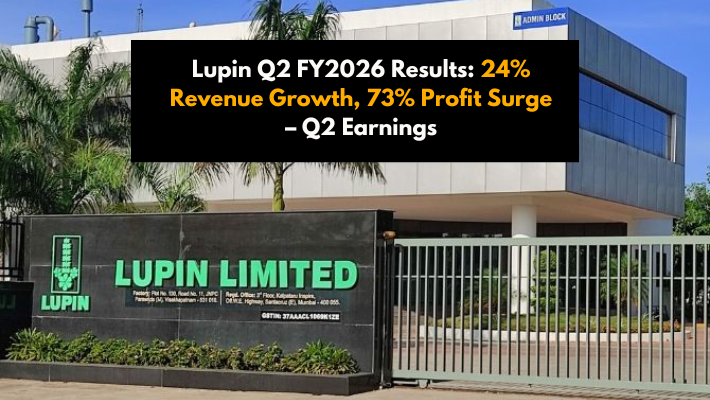Tata Motors Demerger — What It Means & What’s Next
Tata Motors is undergoing one of its most significant structural changes in recent history. From October 1, 2025, the company will officially split its Commercial Vehicle (CV) business and its Passenger Vehicle (PV) (including Electric Vehicles and Jaguar Land Rover) business into two separately listed entities. This demerger aims to sharpen focus, improve agility, and unlock shareholder value.
Why the Tata Motors Demerger?
-
Strategic Clarity & Business Focus: By dividing the commercial vehicles arm and the passenger / EV / JLR arm into two separate companies, Tata Motors aims to allow each business to pursue more focused strategies. The commercial vehicles market dynamics (fleet operators, logistics, heavy-duty transport) are very different from those in passenger cars, EV adoption, luxury brands like JLR, etc.
-
Unlocking Value for Shareholders: Chairman N. Chandrasekaran has said that the separation will lead to long-term returns, better resource allocation, stronger performance, and clearer accountability for each unit.
-
Operational Agility: The two businesses face different regulatory, cost, technology, and market pressures — especially with EVs, global supply chains, software/content/AI features in PV & JLR, etc. Having independent entities makes it easier to adapt, invest, and make decisions.
What Exactly Is Changing? Key Details
Here’s a breakdown of how the demerger is structured, what will happen, and what shareholders need to know.
| Aspect | Details |
|---|---|
| New Entity for CV Business | The commercial vehicle business (CV) will be demerged into a new entity called TML Commercial Vehicles Ltd (TMLCV). This entity will have the assets, liabilities, workforce, and operations related to CV. |
| Passenger Vehicle & EV / JLR | The PV business (including electric vehicles & JLR) will remain under the main Tata Motors (or existing entity) after TMPV (Tata Motors Passenger Vehicles Ltd) gets merged (or integrated) appropriately as per the scheme. |
| Entitlement Ratio | Shareholders of Tata Motors will receive 1 fully paid share in TMLCV (face value ₹2) for every one fully paid share of ₹2 held in Tata Motors. So, it’s a 1:1 share split in effect across the two entities. |
| Transfer of Debt / NCDs | Certain Non-Convertible Debentures (NCDs) will be transferred to the new CV entity (TMLCV). Specific tranches / instruments are being listed in regulatory filings. |
| Effective Date | October 1, 2025 is the date when the demerger takes effect. |
| Record Date | Mid-October is tentatively marked as the record date — the date by which shareholders must hold shares to be entitled for the shares in the new CV entity. |
| Listing of Entities | Both entities are expected to be listed separately on NSE & BSE by November 2025. |
Read more –>> GST Cut on Cars: Festive Discounts Put Dream Cars Within Reach
Leadership & Governance Changes
-
Shailesh Chandra has been named MD & CEO of Tata Motors (the PV / EV / JLR entity), effective October 1, 2025.
-
Girish Wagh will lead the new commercial vehicles entity (TMLCV) as its MD & CEO from the same date.
-
Chief Financial Officer Change: Dhiman Gupta is appointed CFO from November 17, replacing PB Balaji who moves to become CEO of JLR. These changes align with the demerged structure.
What the Demerger Means for Shareholders (1:1 Swap Ratio)
For existing shareholders of Tata Motors, the demerger ratio is straightforward:
- Share Entitlement Ratio: 1:1. You will receive one fully paid equity share in the new CV entity (TMLCV) for every one share you currently hold in Tata Motors.
- Ownership Unchanged: Your overall proportion of ownership in the combined business remains the same, but it will be distributed across two separate stock listings.
Conclusion
Tata Motors demerger marks a turning point. By separating its commercial vehicle and passenger (including EV & luxury) operations into two distinct listed entities, the company is making a bold bet on clarity, focus, and unlocking shareholder value.
For investors, this presents both opportunity and caution: the chance to own parts of more sharply defined businesses, each with its growth story — but also the challenge of navigating the uncertainties of transition, market sentiment, and global auto industry pressures.
As the effective date approaches (October 1, 2025) and listings follow, those who stay informed and assess both risk and potential may find this restructure to be one of Tata’s most defining strategic moves.




